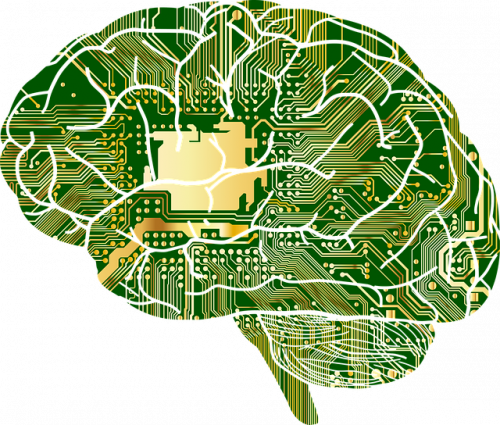Deep learning is a hot topic, purposed for everything from self-driving cars and automatic translators to, recently, understanding flavor.
Scientists at the University of Copenhagen (KU) used PARADISe, an open-source deep learning program, to demonstrate a new approach to analyzing the results of gas chromatography mass spectroscopy (GC-MS), a chemical-detection procedure commonly used in food research. “We were struggling with trying to automate some tedious manual parts of our GC-MS work routine,” explains Rasmus Bro, a food science professor at KU. “Deep learning quickly appeared as a perfect solution to our problem.” Using PARADISe, the researchers were able to transform a complex, time-consuming, manual process into a straightforward, fast, automated one. Their method can also process compounds individually, allowing for targeted chemical analysis.1
One of Bro’s main research avenues is flavor profiling, or studying the chemicals that determine flavor: the candy-like sweetness of a fresh orange, for example, can be emulated by the organic molecule vanillin; its floral, woody aroma might be linked to alcohols commonly found in essential oils.2 Functionally, these flavor findings can be used to better the development and retention of flavor in processed foods. “We want to identify as many compounds as possible to understand the flavor profile as comprehensively as possible,” Bro said. PARADISe has enabled researchers to do just that.
Food is sometimes described as the essence of life. By using deep learning, researchers have created a way to better study the essence of food.

